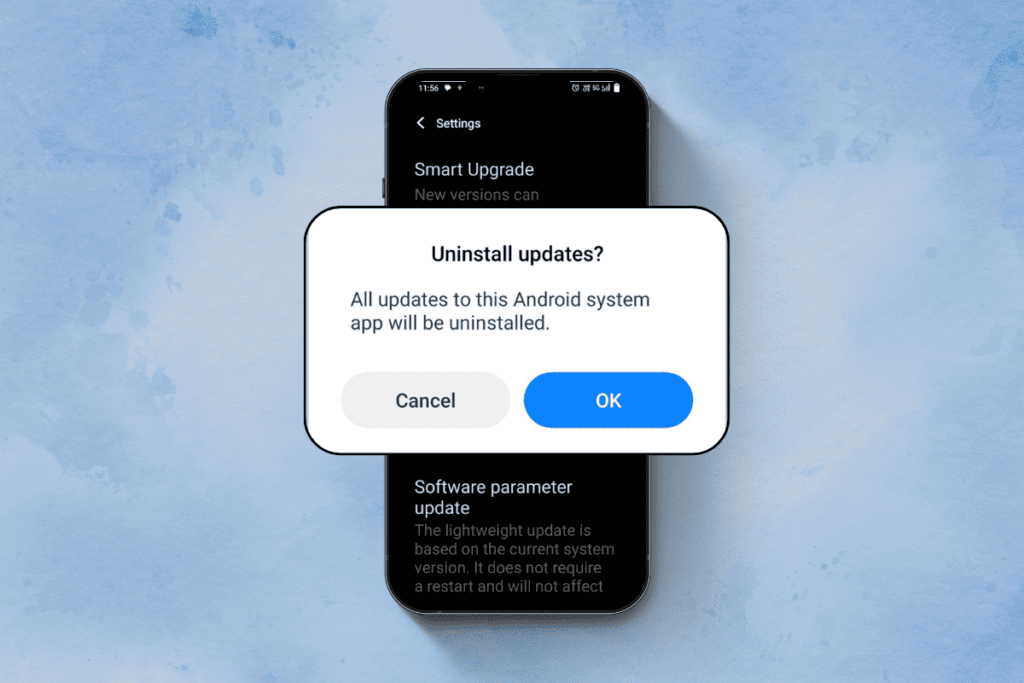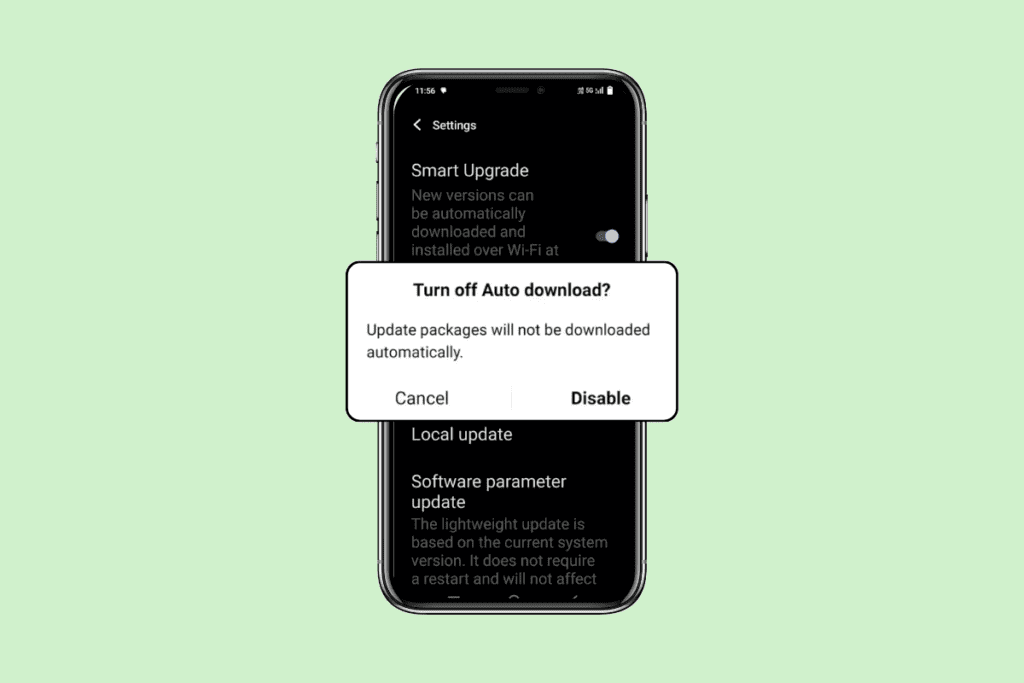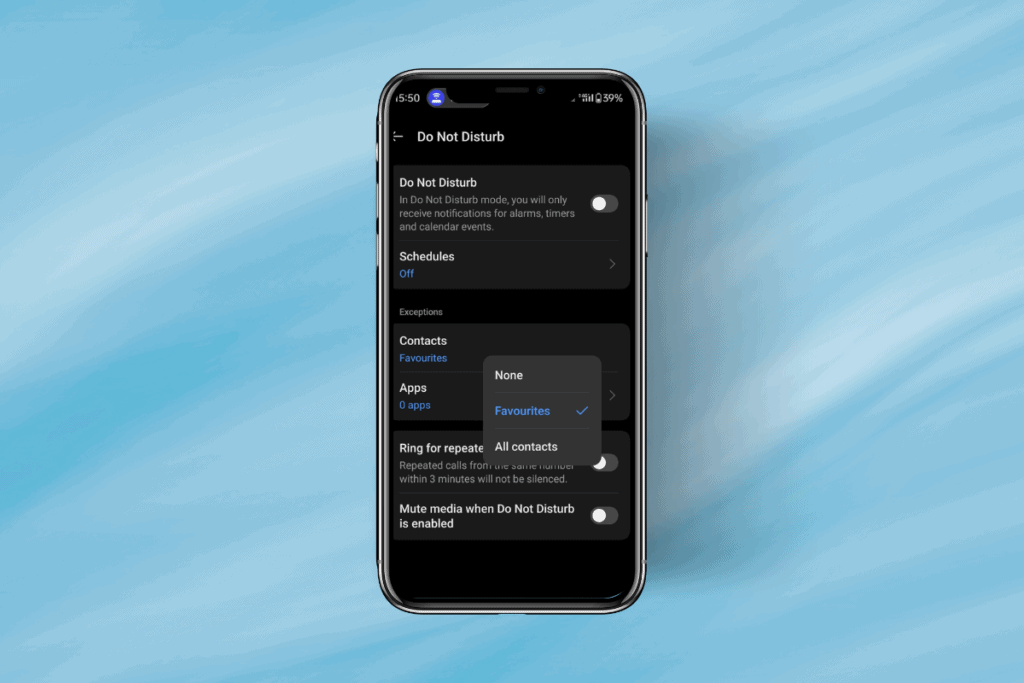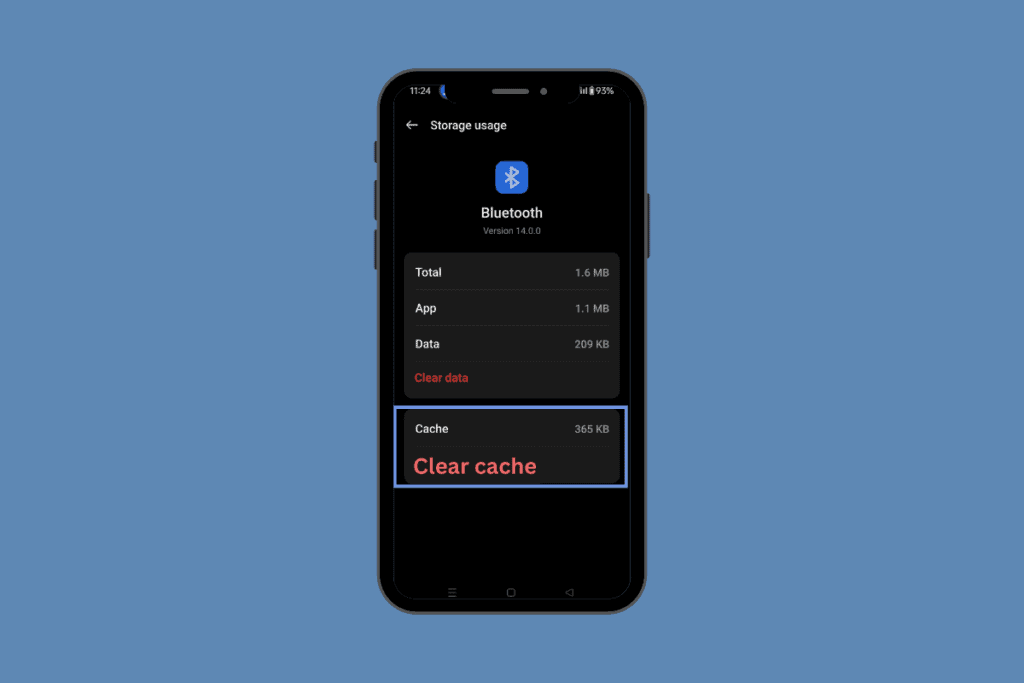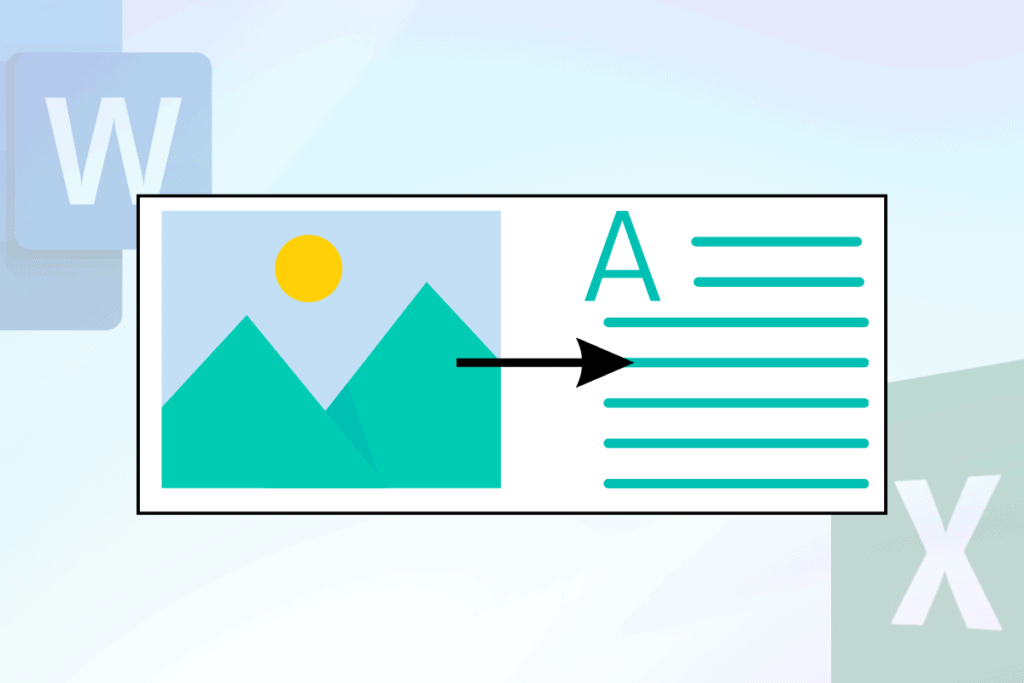Fix Unmountable Boot Volume Stop Error 0x000000ED: Unmountabl_Boot_Volume is a BSOD error with a Stop code 0x000000ED which doesn’t let you access your Windows and completely lock you out of your files & data. There is no single cause behind this error but it seems this STOP error 0x000000ED is caused because of corrupted registry files, damaged hard disk, bad sectors in system memory or damaged RAM.
“STOP 0x000000ED UNMOUNTABLE_BOOT_VOLUME” Error Message When You Restart Your Computer or Upgrade to Windows 10.

Some users have reported to experience this error when updating their Windows or during Windows Installation setup but this error can occur out of nowhere even when you doesn’t make any changes to your system. The main problem because of this error is that you can’t access your important files, therefore, it’s important to troubleshoot this issue and fix Unmountable Boot Volume error.
Fix Unmountable Boot Volume Stop Error 0x000000ED
Method 1: Run Startup/Automatic Repair
1.Insert the Windows 10 bootable installation DVD and restart your PC.
2.When prompted to Press any key to boot from CD or DVD, press any key to continue.
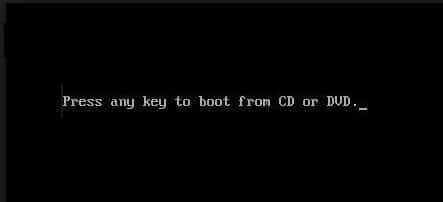
3.Select your language preferences, and click Next. Click Repair your computer in the bottom-left.
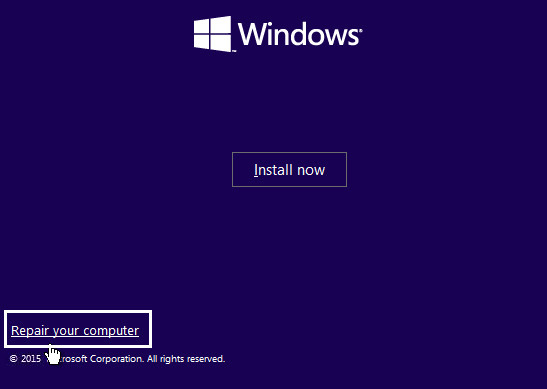
4.On choose an option screen, click Troubleshoot.
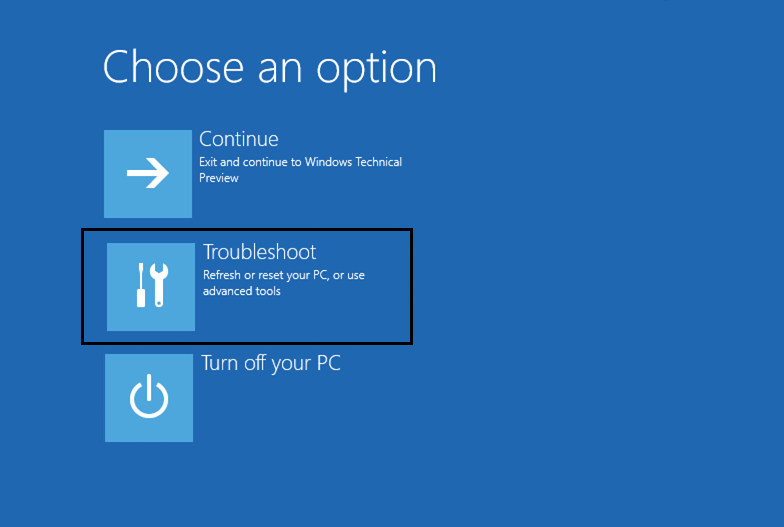
5.On Troubleshoot screen, click Advanced option.
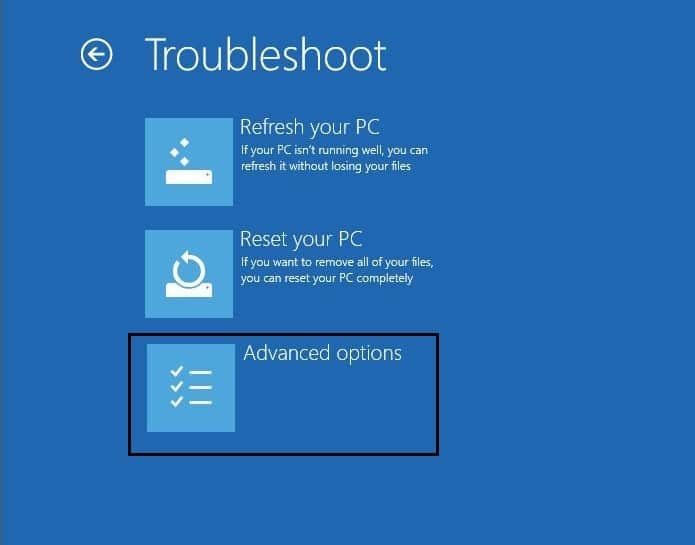
6.On the Advanced options screen, click Automatic Repair or Startup Repair.
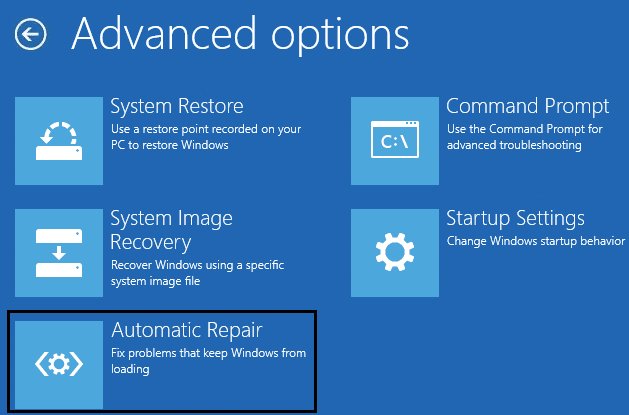
7.Wait til the Windows Automatic/Startup Repairs complete.
8.Restart and you have successfully Fix Unmountable Boot Volume Stop Error 0x000000ED, if not, continue.
Also, read How to fix Automatic Repair couldn’t repair your PC.
Method 2: Run System File Checker (SFC) and Check Disk (CHKDSK)
1.Again go to command prompt using the method 1, just click on command prompt in the Advanced options screen.
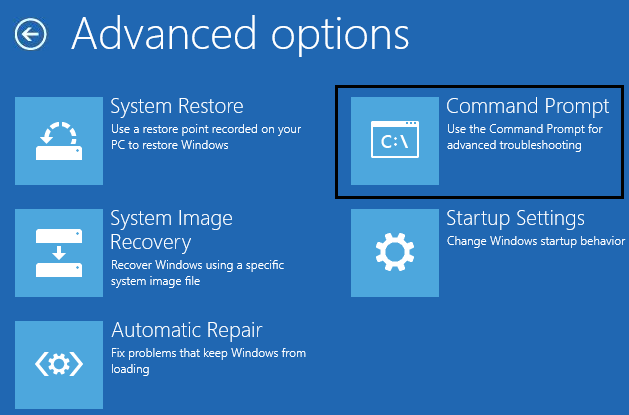
2.Type the following command in cmd and hit enter after each one:
sfc /scannow /offbootdir=c:\ /offwindir=c:\windows chkdsk c: /r
Note: Make sure you use the drive letter where Windows is currently installed

3.Exit the command prompt and restart your PC.
Method 3: Repair your Boot sector or Rebuild BCD
1.Using above method open command prompt using Windows installation disk.

2.Now type the following commands one by one and hit enter after each one:
a) bootrec.exe /FixMbr b) bootrec.exe /FixBoot c) bootrec.exe /RebuildBcd

3.If the above command fails then enter the following commands in cmd:
bcdedit /export C:\BCD_Backup c: cd boot attrib bcd -s -h -r ren c:\boot\bcd bcd.old bootrec /RebuildBcd

4.Finally, exit the cmd and restart your Windows.
5.This method seems to Fix Unmountable Boot Volume Stop Error 0x000000ED but if it doesn’t work for you then continue.
Method 4: Change SATA configuration
1.Turn off your laptop, then turn it on and simultaneously press F2, DEL or F12 (depending on your manufacturer)
to enter into BIOS setup.
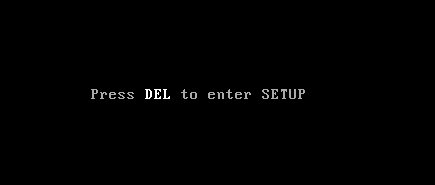
2.Search for the setting called SATA configuration.
3.Click Configure SATA as and change it to AHCI mode.

4.Finally, press F10 to save this change and exit.
Method 5: Set the correct partition as active
1.Again go to Command Prompt and type: diskpart

2.Now type these commands in Diskpart: (don’t type DISKPART)
DISKPART> select disk 1
DISKPART> select partition 1
DISKPART> active
DISKPART> exit

Note: Always mark the System Reserved Partition (generally 100mb) active and if you don’t have a System Reserved Partition then mark C: Drive as the active partition.
3.Restart to apply changes and see if the method worked.
Method 6: Run Memtest86+
Now run the Memtest86+ which is a 3rd party software but it eliminates all the possible exceptions of memory errors as it runs outside of the Windows environment.
Note: Before starting, make sure you have access to another computer as you will need to download and burn the software to the disc or USB flash drive. It’s best to leave the computer overnight when running Memtest as it sure likely to takes some time.
1.Connect a USB flash drive to your system.
2.Download and install Windows Memtest86 Auto-installer for USB Key.
3.Right-click on the image file which you just downloaded and select “Extract here” option.
4.Once extracted, open the folder and run the Memtest86+ USB Installer.
5.Choose your plugged in USB drive to burn the MemTest86 software (This will format your USB drive).

6.Once the above process is finished, insert the USB to the PC which is giving the Unmountable Boot Volume Stop Error 0x000000ED.
7.Restart your PC and make sure that boot from the USB flash drive is selected.
8.Memtest86 will begin testing for memory corruption in your system.

9.If you have passed all the test then you can be sure that your memory is working correctly.
10.If some of the steps were unsuccessful then Memtest86 will find memory corruption which means that your Unmountable_Boot_Volume blue screen of death error is because of bad/corrupt memory.
11.In order to Fix Unmountable Boot Volume Stop Error 0x000000ED, you will need to replace your RAM if bad memory sectors are found.
Method 7: Repair Install Windows 10
This method is the last resort because if nothing works out then this method will surely repair all problems with your PC. Repair Install just using an in-place upgrade to repair issues with the system without deleting user data present on the system. So follow this article to see How to Repair Install Windows 10 Easily.
Recommended for you:
- 7 Ways To Fix Laptop battery plugged in not charging
- Reboot and Select Proper Boot Device Issue
- Fix Antimalware Service Executable High CPU Usage
- Fix KMODE Exception not handled Error
That’s it, you have successfully Fix Unmountable Boot Volume Stop Error 0x000000ED but if you still have any queries regarding this guide then feel free to ask them in the comment’s section.


